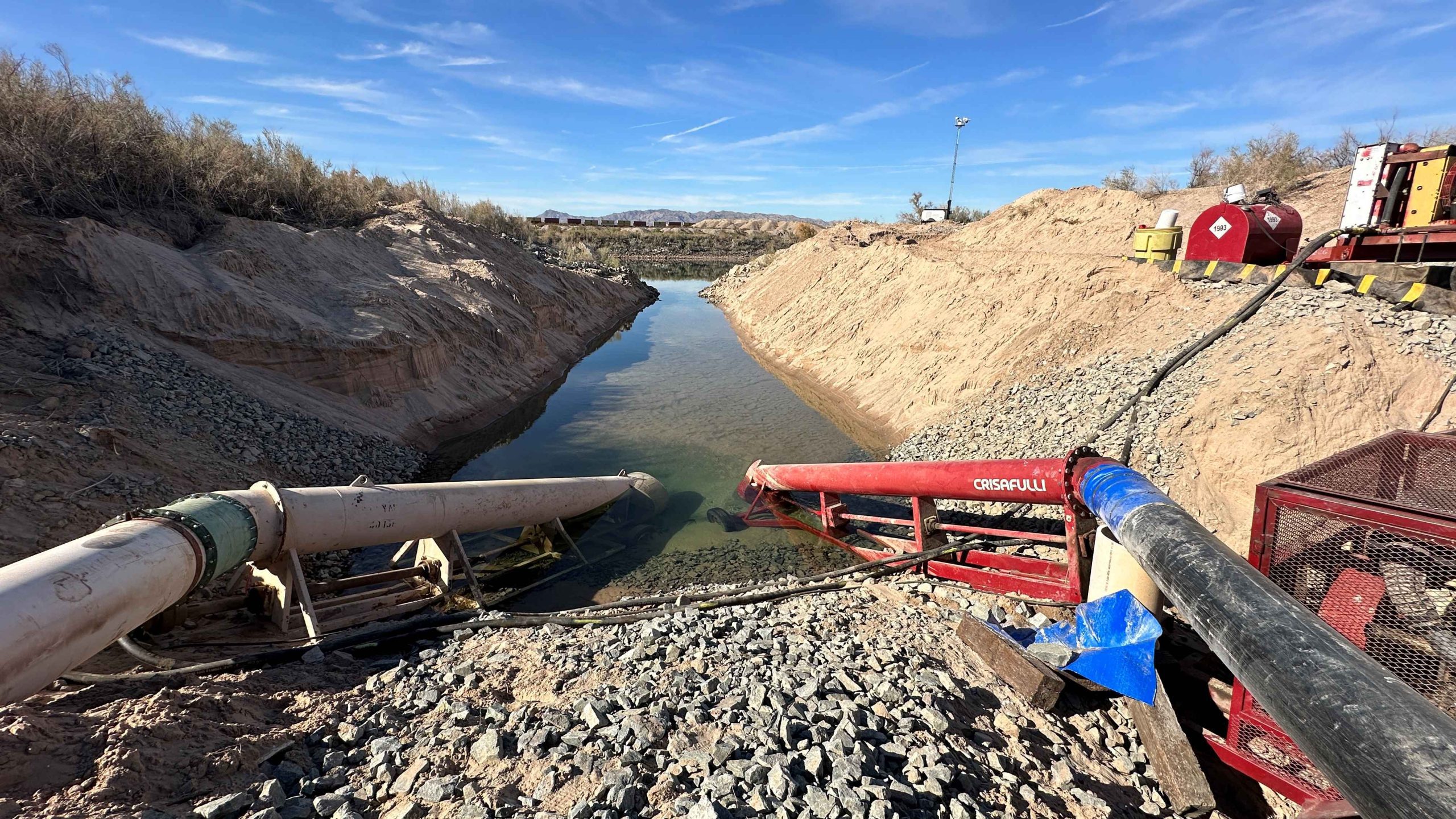January 10, 2024 — The United States Bureau of Reclamation, collaborating with the U.S. Fish and Wildlife Service, announced yesterday that it is taking steps to address a significant decrease in water levels at Topock Marsh . This 4,000-acre wetland is located near the Colorado River, within the Havasu National Wildlife Refuge. Topock Marsh is part of the Havasu National Wildlife Refuge, which stretches 30 miles along the river and includes 300 miles of shoreline from Needles, California to Lake Havasu City, Arizona.
. This 4,000-acre wetland is located near the Colorado River, within the Havasu National Wildlife Refuge. Topock Marsh is part of the Havasu National Wildlife Refuge, which stretches 30 miles along the river and includes 300 miles of shoreline from Needles, California to Lake Havasu City, Arizona.
The marsh’s water supply is dependent upon the Colorado River. According to the Bureau of Reclamation, low water demands by those downstream and a leak in a control gate have led to lower water levels in the marsh.
In response, the Bureau of Reclamation has recently set up two temporary pumps. These pumps are transferring water from the Colorado River into the marsh’s Fire Break Canal inlet. They will operate non-stop until the end of February, adding a minimum of 5,000 acre-feet of water to the marsh.
Back in 2022, the Bureau began planning for a permanent, automated pump station to replace the existing system that depends on gravity. They aim to start building this pump station and a nine-mile electrical line to power the pumps this year, with completion expected by January 2026.
The U.S. Fish and Wildlife Service is responsible for the daily management of Topock Marsh. This includes maintaining three boat ramps and recreational areas. Until the new pump system is finished, the service will keep an eye on the marsh’s water levels and condition, checking for any impact on wildlife.
Topock Marsh was created in 1966 following the construction of the South Dike outlet structure. It formed from an old river bend and now covers 4,000 acres, representing over 40% of the remaining backwaters of the Colorado River . The marsh is crucial for migratory waterfowl and local birds, waterbirds, and wildlife. A popular recreation destination, visitors come to Topock Marsh every year for boating, canoeing, fishing, and bird watching.
. The marsh is crucial for migratory waterfowl and local birds, waterbirds, and wildlife. A popular recreation destination, visitors come to Topock Marsh every year for boating, canoeing, fishing, and bird watching.
Image:
Two pumps transfer water from the Colorado River to the Fire Break Canal to bolster water levels in the Topock Marsh. (Reclamation photo by Tim Dewar, published in press release .)
.)


Leave a Reply